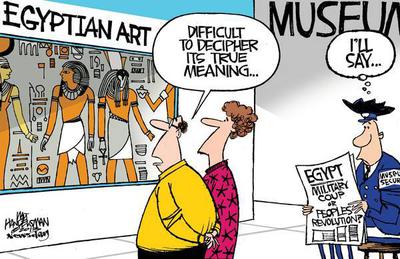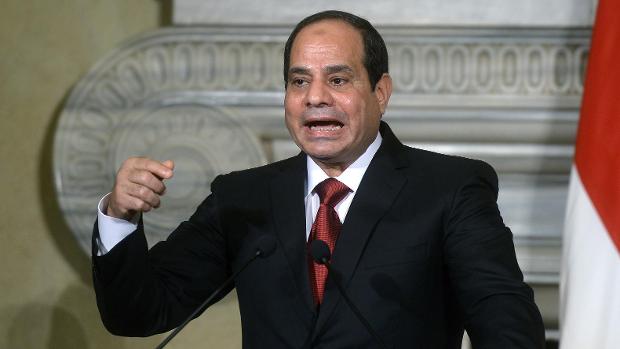
MENA’s investment into human beings
Within the MENA region overall, governments made human development a policy priority after many gained their independence from colonial and imperialistic powers. Governments invested in social and public infrastructure creating social mobility. They worked to create public welfare programs and expanded government employment thus investing into their citizens and future of their countries.
However in the 1980’s and 1990’s, there was a decline of investment in human development and less of a focus on social programs and supporting the lower and middle classes. Previously the middle class, which benefited most from these investments, were finding it increasingly difficult to remain stable while the lower classes slowly lost their dreams of lifting themselves out of poverty.
Health and education play a huge role in social and economic development while investment n human capital is essential to a country’s overall productivity.
For the MENA region, however, investment in human capital is essential as many nations in the region have few natural resources besides the oil-rich gulf countries.
Overall there has been an increase in life expectancy at birth (LEB), a lower rate of infant mortality, (IMR) and an increase in education closing the male-female gender gap and increasing literacy. Regardless there are still significant gaps in national, regional, gender, and social classes in accessed to basic social services including unequal educational experiences.
The Misallocation of Educational Resources in Egypt
There were huge class and urban/rural bias that determined how Egypt’s educational resources were spent and made a vast impact on his present day educational system as well as the literacy rate of the country. For example, “in the late 1970s, while over 90% of urban Egyptian children were in school, only about 60-70% of rural children were enrolled.” (1) There was also a gender bias as well with “88% of rural boys enrolled compared to 89% of urban boys while 92% of urban girls were enrolled” (1) by the year 2000.
Egypt has experienced some of the worst effects of class bias in the region. “Fifty years after Nasser’s revolution, 44% of adult Egyptians could not read and write.”(1) Adversely Egypt had over 30 universities thus indicating that there as a gap in educational spending. Almost 1/3rd of Egypt educational budget was investing into universities which only accounted for 6% of students in the country in the late 1990’s.

Another huge problem occurred in Egypt’s history of attempts at democratization. The Wafa party who seized power in 1952 opened secondary schools to anyone who completed primary school and made them free. Then after the removal of the Monarchy and establishment of Egyptian republic, these trends continued and called for Universities to be tuition free as well as entitled to a government job upon completion. As talked about in previous blogs, education or lack thereof is not always the main issue in the MENA region but the job availability or the lack of job creation from the localized labor market.
Generation Lost-Present Day Educational Problems
Egypt obviously hasn’t had an easy road paved towards democracy or adequate education. President Sisi has to address a generation lost who had poor education and were never taught to read or write.” A recent survey administered by CARE Egypt, an NGO that collaborates with the Ministry of Education, found illiteracy rates in some schools as high as 80 percent.”
As talked about in Egypt’s previous history before with its misallocation of educational resources, presently, the situation hasn’t altered much. “Though Egypt’s public education system is the largest in the region, it has one of the lowest rates of public spending. In 2011, 3.5 percent of the country’s GDP, roughly $9.5 billion, was spent on education — an amount that translates to roughly $300 per student per year. Other estimates put that number substantially lower, from $250 to as little as $129. In 2013, spending on education rose to 4 percent of GDP, with promises for additional future increases.”(2) Egypt is still barely investing in its education and teachers feel the effects as well as students. There are broken textbooks, run-down schools, and teachers are constantly protesting for actual livable wages. There is a whole other, almost black market, lucrative economy of private tutoring to make up for the public education gap which in turn provides extra income to teachers.
“The need for change could not be more urgent. Government sources show youth unemployment numbers near 30 percent; roughly another 30 percent are probably under-employed. New generations of unequipped young people entering an already struggling labor force could have a disastrous impact on the country.” (2) The constant changing politics and an unstable government is a direct cause of educational reform stagnation. After the ousting of Mubarak, the Muslim Brotherhood-backed government led by Morsi, didn’t take effect.
“The need for change could not be more urgent. Government sources show youth unemployment numbers near 30 percent; roughly another 30 percent are probably under-employed. New generations of unequipped young people entering an already struggling labor force could have a disastrous impact on the country.”

Overall Sisi could make a huge impact in the present and future development in his country by investing in the education and making up for a lost generation of learners. By educating the youth and investing in human capital, Egypt could actually make use of its Arab Spring uprising and show the world that it wasn’t a waste. The president could make a long lasting, much-needed change for one of the regions most evolving countries.
Sources:
- (1) Richards, Alan, John Waterbury, Ishac Diwan, and Melani Cammett. A Political Economy of the Middle East. Boulder: Westview, 2015. Print
- (2) http://foreignpolicy.com/2015/01/23/egypts-generation-lost/
- (3)http://www3.weforum.org/docs/WEF_GlobalCompetitivenessReport_2013-14.pdf

Great post, you directly referenced the cause for the educational problems that Egypt is facing. How are they expected to improve their educational standards when the government and people in power are changing constantly? This is exactly the sort of instability that leads to the decline of human capital and a state such as Egypt with so many unemployed has to focus on this and make it one of their main concerns. Improving literacy and what sort of education the youth will have will dramatically improve their potential. If the state can maintain stability and manage to grow economically, they can even be able to provide jobs for these youths, a main concern that many in Egypt during the Arab Spring had. Overall, i would say that Egypt has to improve its political and economic problems and then place human capital as one of its chief concerns.
LikeLike
Thanks for the post. Reading about Egypt’s woes is always a depressing prospect, because it is always very difficult to see any way forward towards improvement.
One of the key’s to Egypt’s future is the building of a larger base of educated personnel for its economy. Has Sisi’s administration shown any signs whatsoever of recognizing its underlying issues of poor human capital, and committing to improvement in its education systems?
LikeLike
Great Job on the post and I will also like to say that when it comes to the misallocation of education, that is very accurate. It’s astonishing that sometimes many countries don’t realize that education is paramount in terms of a social and economical standpoint.
LikeLike